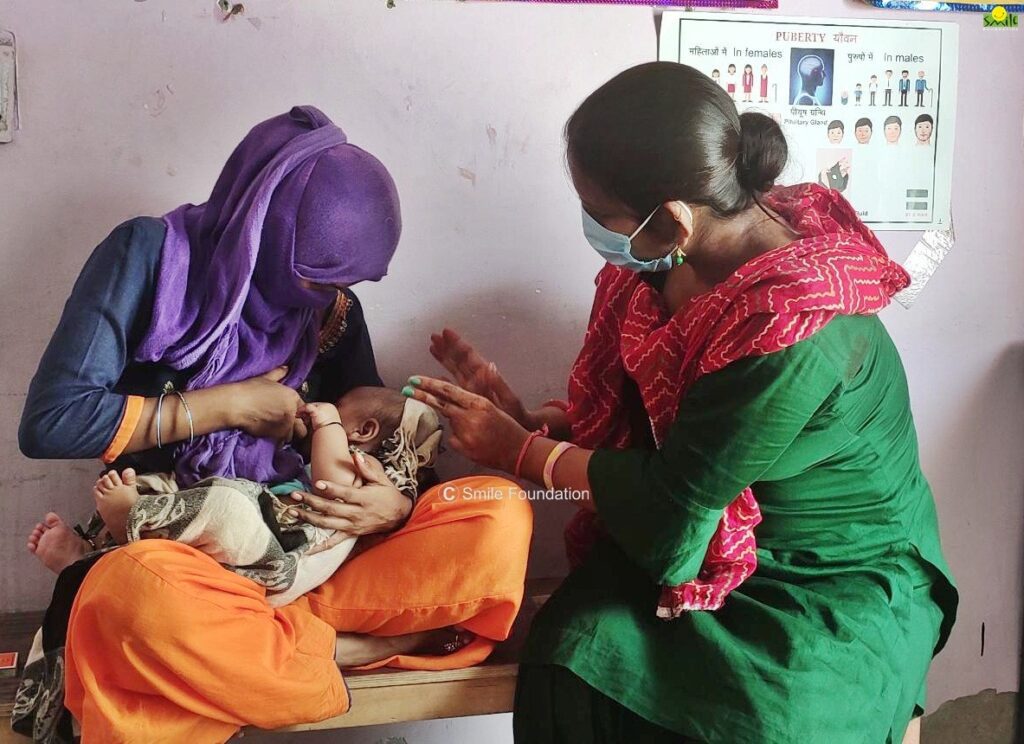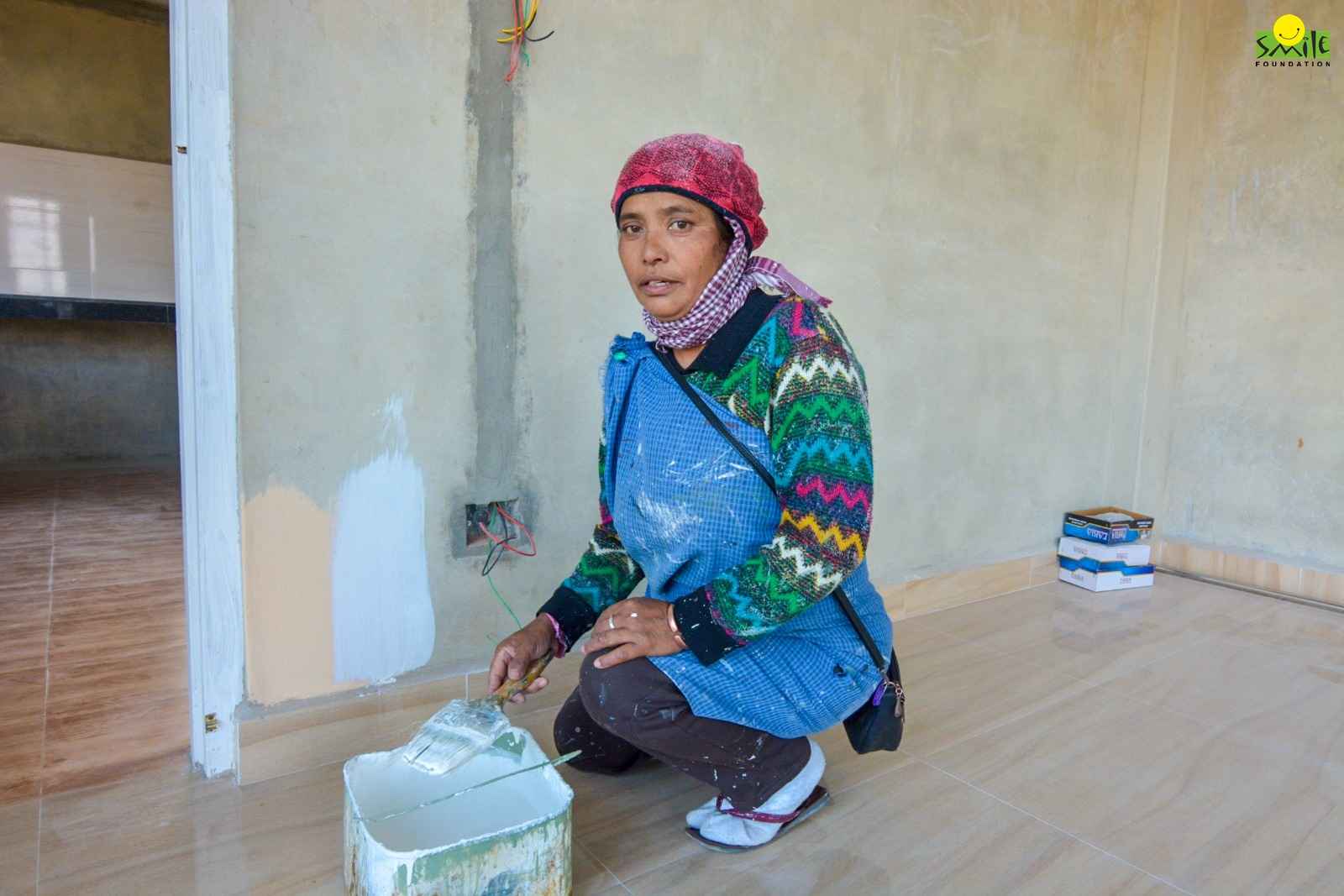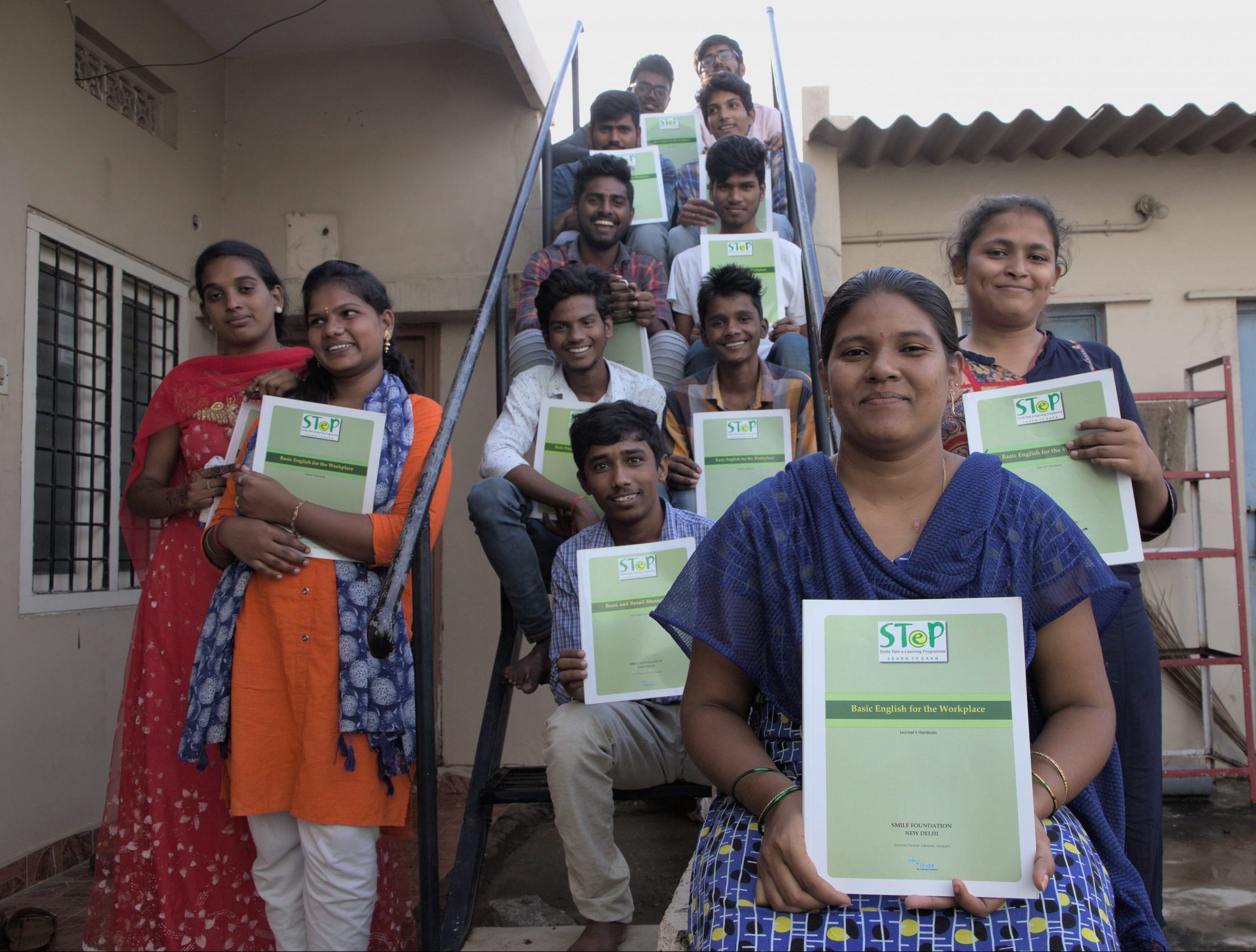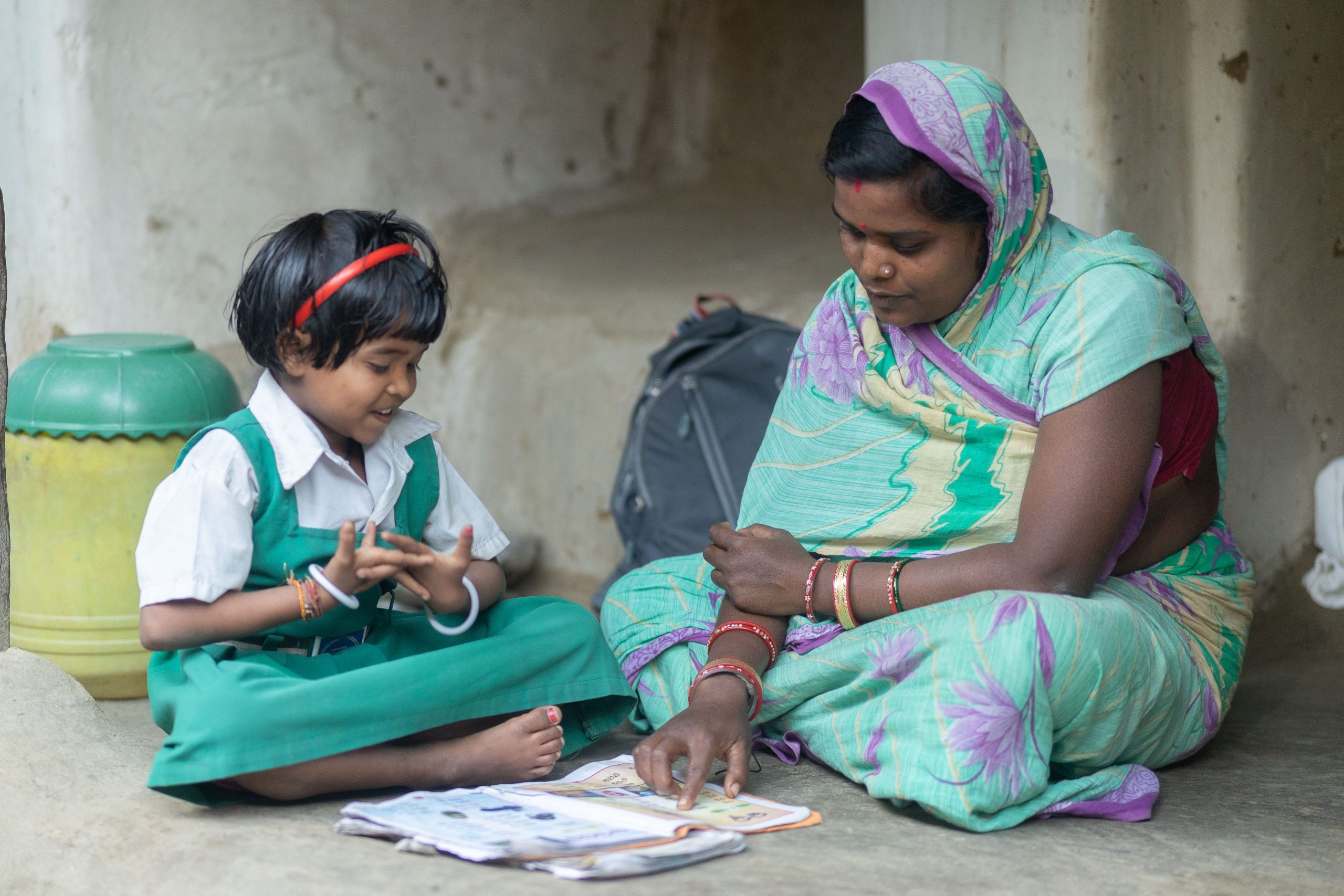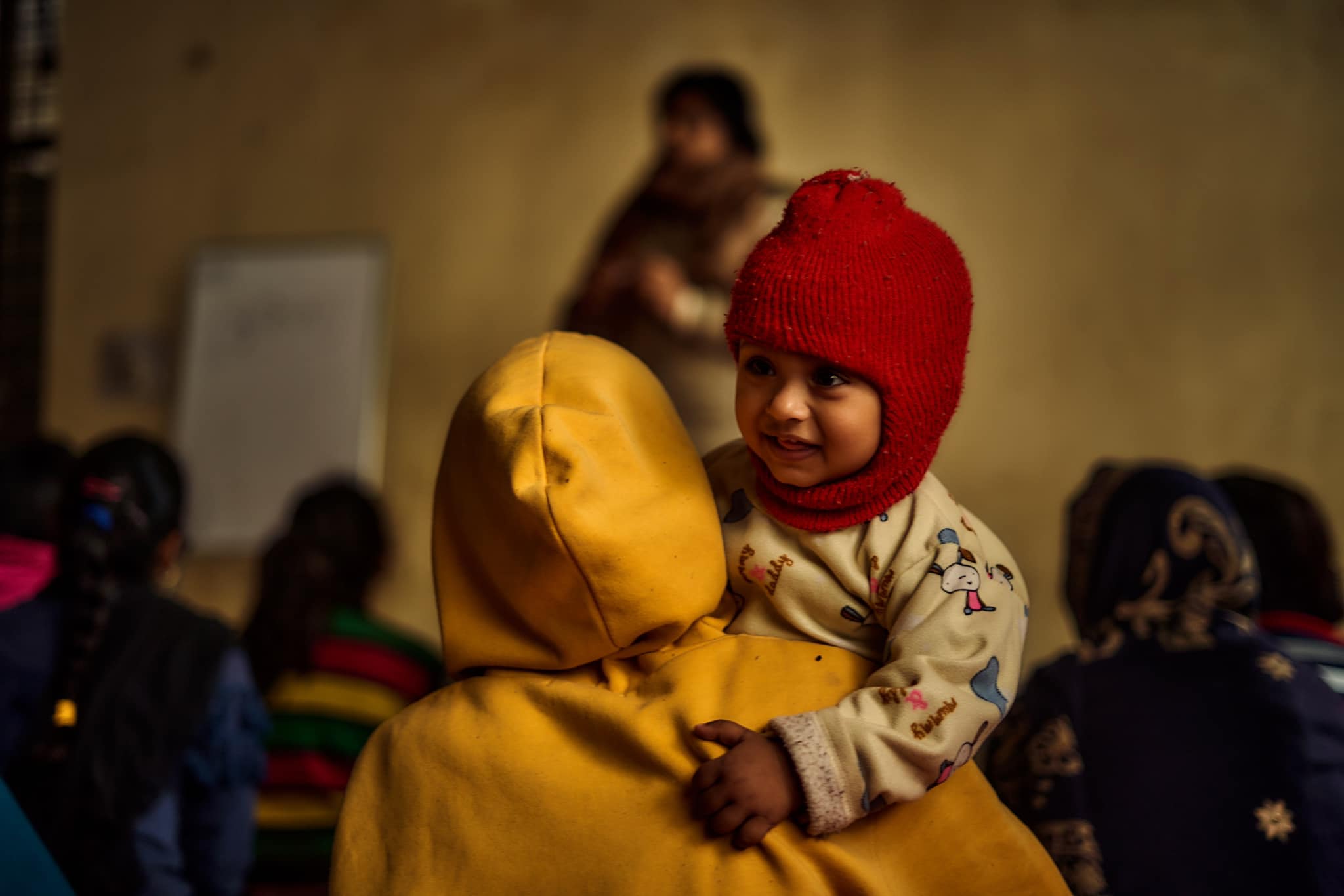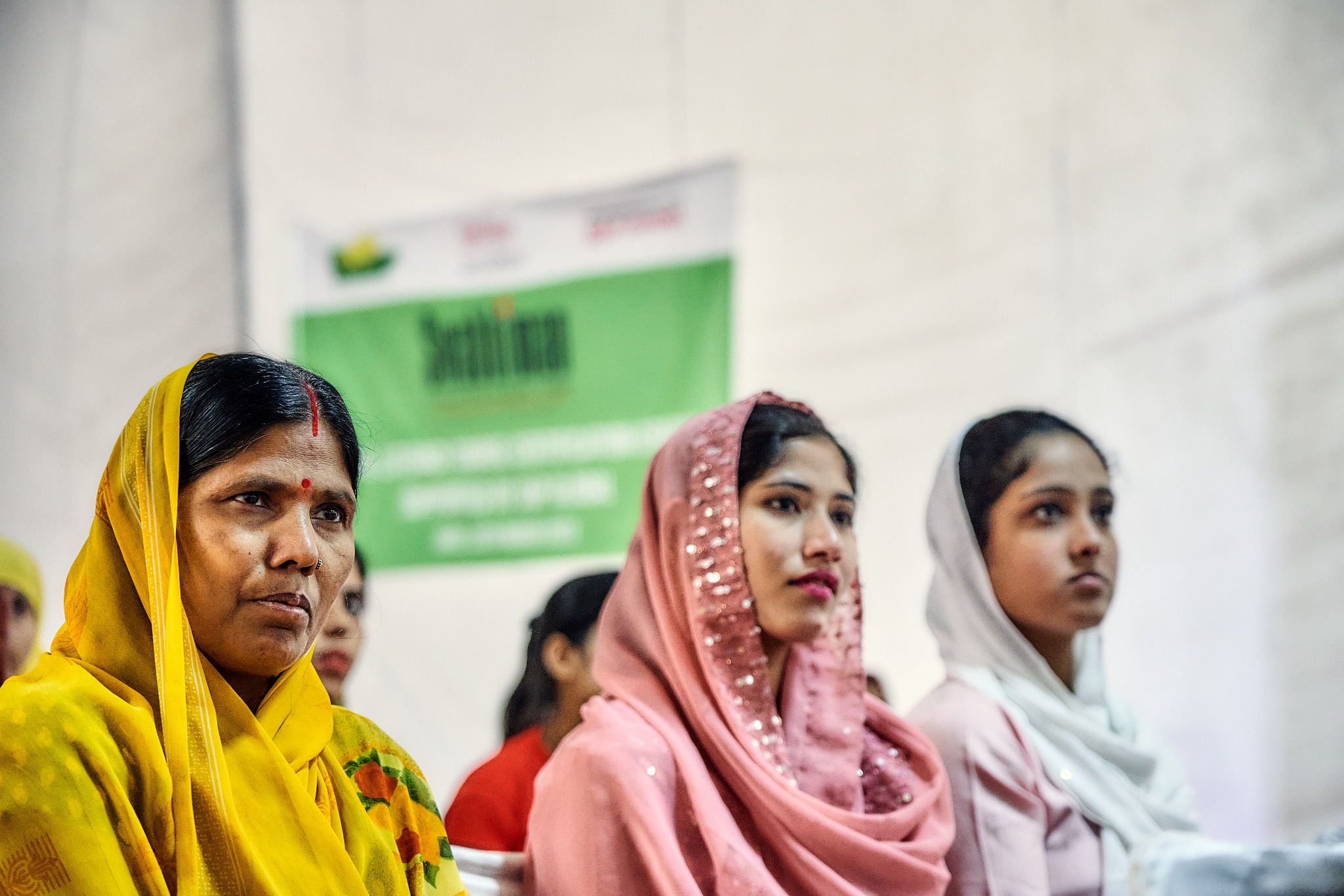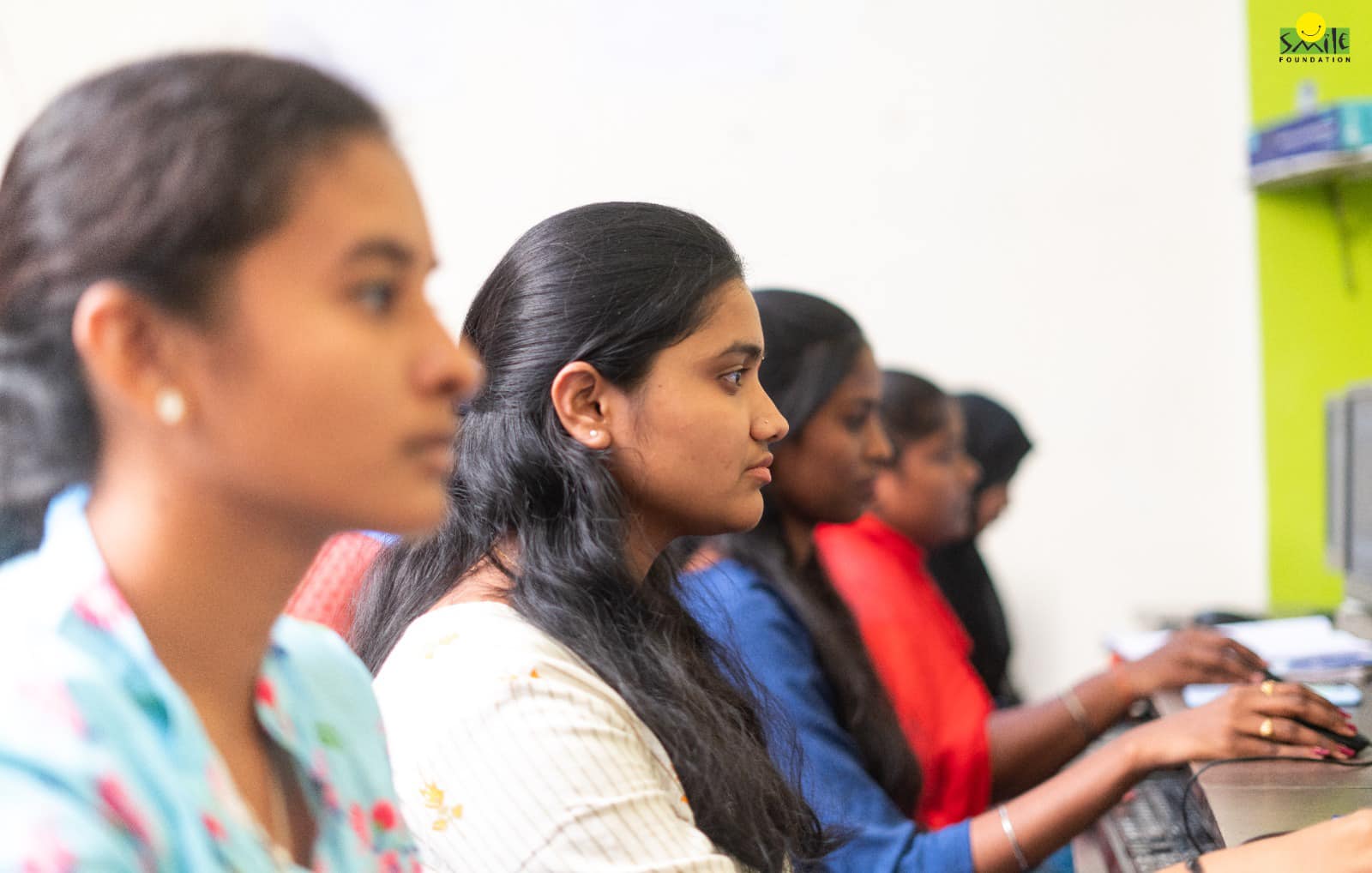Despite being one of the world’s largest producers of a number of food items, a significant part of India’s children remain undernourished, often resulting in child mortality. A strong fight armed with an aggressive awareness campaign will be the key in reversing this situation.
India recently celebrated a major gain in its child health index. According to a UN report, the country’s child mortality rate has significantly declined between 1990 and 2019 from 3.4 million to 824,000. Prioritising of neonatal services such as delivery of quality care at birth, home based newborn care through ASHA workers and multi-tiered facilities such as Sick Newborn Care Units to address issues such as preterm or low birth weight and sick neonates – have been the primary factors driving this success.
However, despite this gain, death of children under five caused by preventable or treatable problems like complications during birth, pneumonia, neonatal sepsis etc continue unabated informs UNICEF. What’s more, the current pandemic and the disruption of services it has caused in terms of supply of health and nutrition for maternal and child health, immunisation and nutritional supplement may further undo the progress made in the last three years.
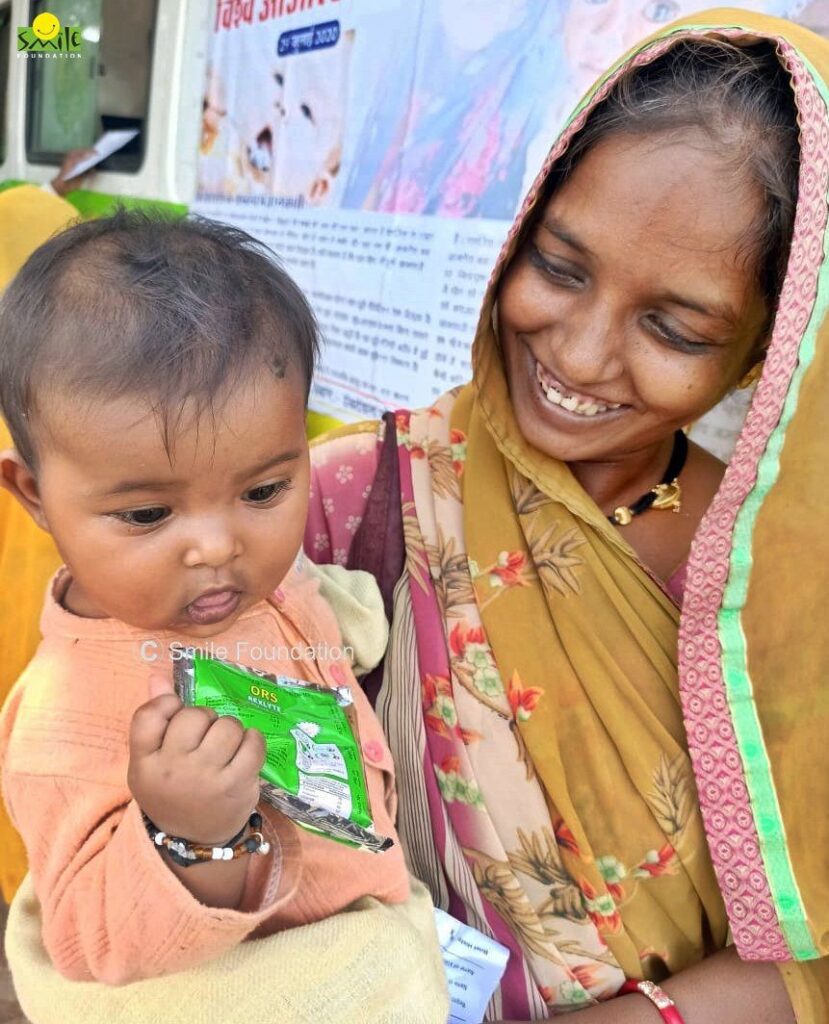
Despite being one of the world’s largest producers of food items like milk, pulses, rice, and wheat among others, it is quite an irony that 14 per cent of our population should be undernourished. India needs a concerted effort involving an aggressive awareness drive through information dissemination and engagement of community and local authorities to mobilise action and reprioritize mother and child health.
The first step towards this is breaking the intergenerational cycle of malnutrition. This can happen when proper care is rendered during the first two years of life – a critical window to build up the immune system of a child. Other measures – vital in strengthening a child’s health – are breast-feeding, consuming locally available, affordable and nutrient-rich food. Lactating or pregnant women should follow dietary diversity by consuming green leafy vegetables, Vitamin A-rich vegetables and fruits. Promoting kitchen garden can greatly make these fruits and vegetables affordable and easily accessible. With the COVID at its peak, special care should be taken on hygiene practices and social distancing.
The local authorities or the gram panchayats – as the primary responders to the marginalised population – can be pivotal in India’s fight against malnutrition and child mortality. These officials can not only help spreading the message around nutrition but can also support in assessing the current health status of children and pregnant or new mothers by sharing accurate data. Based on this assessment corrective measures can be undertaken. The Anganwadi workers can be instrumental in ensuring that all the welfare schemes for mothers and children launched by the government reach their rightful destination.
Last mile delivery of various nutritional programs has been a key challenge in most of India’s welfare initiatives. Therefore, the vision of a nutritious young India can be realised only when the responsibility is shared between the local authority, the community and the government. And this partnership can work seamlessly only within a framework with adequate accountability for each party involved.
To know more about Smile Foundation’s work on women and child visit https://www.smilefoundationindia.org/swabhiman.html



